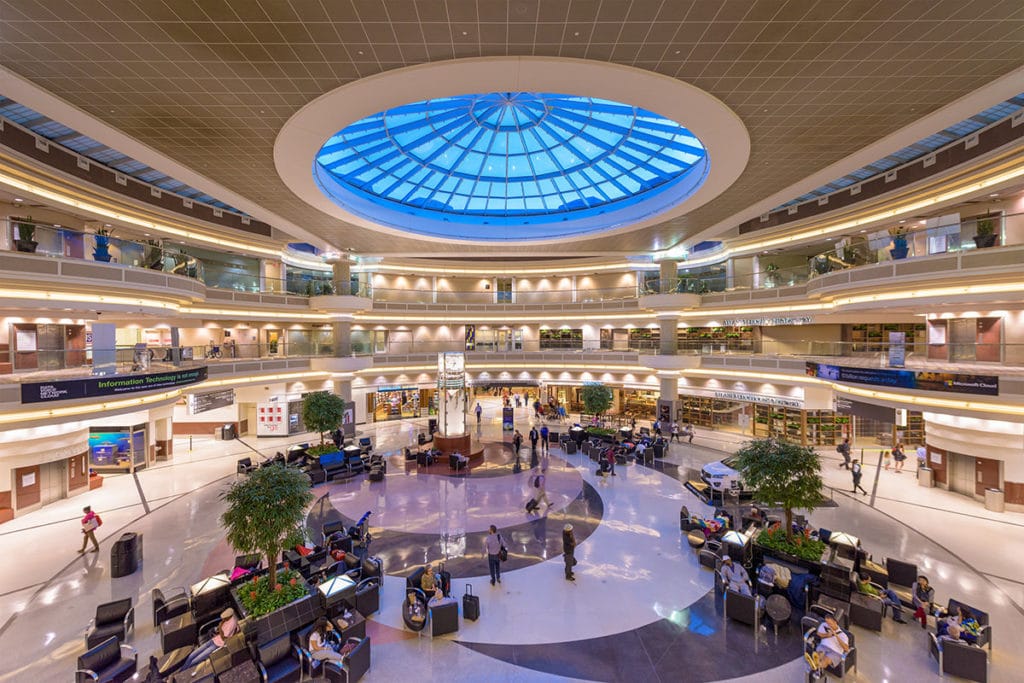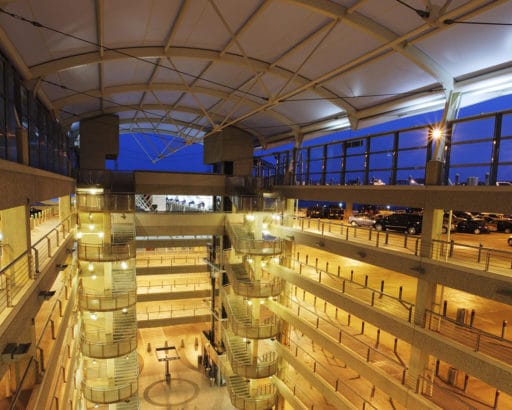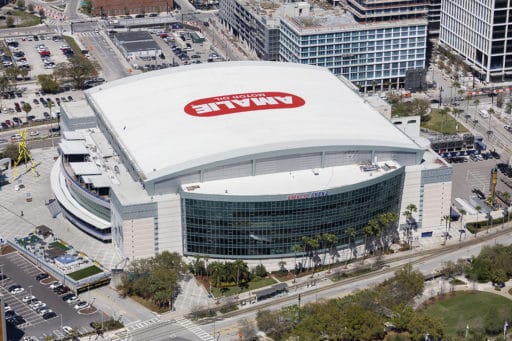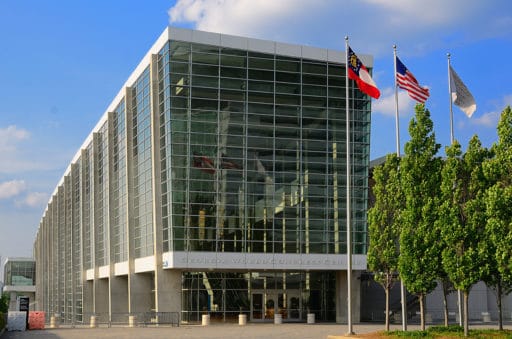When Hartsfield-Jackson Airport in Atlanta started a major expansion project, they needed an experienced wireless infrastructure partner. One that could construct dynamic turnkey solutions for better data coverage and capacity.
The game plan was straightforward: convert several existing data rooms into one, massive head-end room for added efficiency and capability.
But the project was not as easy as knocking down some walls, plugging in radios, and calling it a day. Critical components like HVAC and fire suppression systems provided by external companies needed to be considered. Throw in difficult logistics and tight airport security, and you have one complex engineering and management undertaking.
That’s when Betacom, with over 25 years of in-house expertise in telecommunications construction, was called on to seamlessly collaborate with other key players in this project.
Not Just a Data-to-Head-End Room Conversion
The plan was to combine several data rooms into a single head-end room that would be big enough to store all the necessary communications equipment.
But here’s the thing. Each room had its own air-conditioning unit, which together weren’t powerful enough to cool the entire head-end space. The head-end space could only be cooled by massive chillers. Besides that, by changing the layout of the data rooms, the teams had to redesign the existing FM-200™ fire suppression system.
Hartsfield Airport also had its own way of managing temperature in the head-end room. The airport team preferred to not always run the chiller units. Instead, it put the units on fan mode to ventilate the room with outside air.
So, all these systems by various stakeholders had to be upgraded and made to work with each other in a seamless way for the head-end room to function smoothly.
Complex Yet Collaborative Infrastructure Engineering
Betacom went to work together with Johnson Controls to build a secondary temperature system.
Both teams collaborated on an automated ventilation system that sucks in outside air through louvers to always maintain the head-end room at the required temperature. Should the outside air get too hot, the louvers close to let the chiller units cool the room. The collaborative engineering process resulted in fully automated programming and temperature control.
The deployment of the new head-end space at Hartsfield-Jackson Airport was a successful due to Betacom’s expertise that allowed them to anticipate and address the engineering challenges and work collaboratively with other stakeholders.
It always pays to have your advanced wireless services deployed by an experienced vendor—no matter the type of enterprise. Contact us today for a free consultation.




